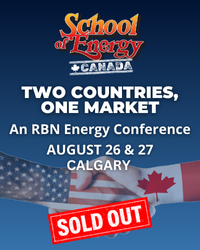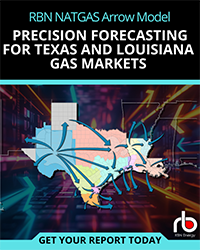It seems like everybody and his uncle are planning new methanol production capacity in the U.S. The economics certainly are compelling. Low natural gas prices are attracting methanol projects like a magnet, especially to the Gulf Coast; domestic and foreign demand for methanol is rising; and methanol prices are as high as they’ve been in five years. But companies are always looking for an angle, a competitive edge, a chance to make their project the most cost-efficient—and profitable—of all. Today, in “Cheap Trick: ‘I Want You to Want Me(thanol)’”--we consider Valero Energy’s methanol initiative and its cheap trick: a plan to add 1.6 million to 1.8 million tons per annum (MMtpa) of methanol capacity for an investment of only about $700 million. That’s around half what it would normally cost.
Valero’s ace-in-the-hole? Its planned methanol plant at the company’s St. Charles refinery in Norco, Louisiana, will be fed with syngas - something every methanol plant needs - by the same process that provides hydrogen to its hydrocracker – saving the company from developing the feedstock from scratch.
Methanol is a very basic chemical feedstock, used to make formaldehyde, acetic acid and petrochemical intermediates that, in turn, are used to make plastics, synthetic fibers, paints, resins and solvents, among many other things. . Demand has been rising and it’s expected to continue to, both here and abroad (see Figure 1). The U.S. in the past 20 years has yo-yoed from being the world’s largest methanol producer to a big net importer, and—with all the new methanol capacity now being planned (see Ignition Timing Countdown: 1.4 Bcf/d Increase in Natural Gas Demand from Methanol?) We’re now on the verge of becoming “methanol independent,” and maybe even an exporter to boot. The numbers tell the story. U.S. methanol capacity in the mid-1990s totaled about 10 MMtpa, but by 2005, with natural gas prices on the rise, more than nine-tenths of that capacity had been taken offline (much of it scrapped), a victim mostly of higher, volatile natural gas prices. Now, with once-unthinkable volumes of shale gas available at low and more stable prices, U.S. methanol production is making a big comeback. If all the new methanol capacity being planned or talked about is actually built (and no, it almost certainly won’t be), we could see 15 MMtpa or more of new capacity within five years. Methanol prices remain firm: Methanex’s non-discounted reference price for October stands at $549/mt, up from $439/mt a year ago and the highest since the price spiked higher than $800/mt in late 2007 and early 2008. Methanex’s Asian posted contract price stands at $490/mt, up $55/mt from a year ago and, again, the highest it’s been since 2008.
Figure 1: Source Valero Investor Presentation (click to enlarge)
So, what’s Valero’s angle regarding methanol production at St. Charles? To really simplify things, methanol production takes three steps. First, a steam-methane reformer (SMR) converts natural gas into a synthesis gas (syngas) consisting of carbon monoxide, carbon dioxide, water and hydrogen. Next, hydrogen is stripped from the syngas, and third, methanol is produced through a catalytic synthesis of the syngas. Valero is already using hydrogen in their refinery that is produced from an existing SMR under a long-term contract with Praxair. To feed the Methanol plant, Valero will tap supplies of syngas from the same SMR they get hydrogen from and save the cost of building their own plant to make feedstocks.
Join Backstage Pass to Read Full Article







